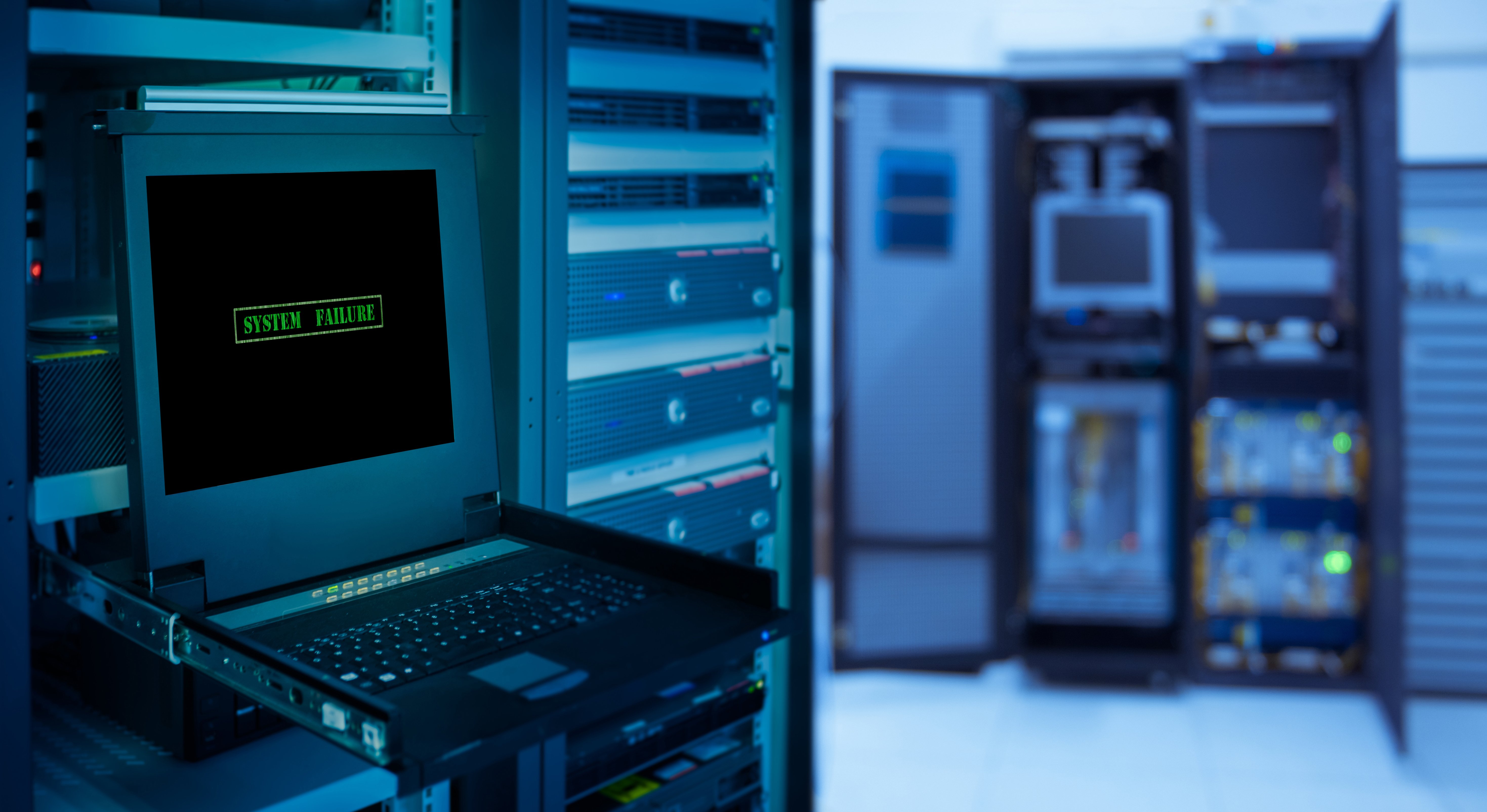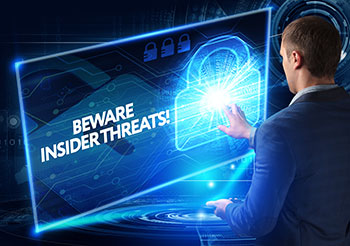3 Ways to Overcome IT Challenges as an SMB
Small to medium-sized businesses are constantly under pressure to do more with less, especially when it comes to technology. With a limited budget, they face multiple challenges that can hinder growth and efficiency including costly infrastructure, defending against cyber threats, and juggling a wide range of IT responsibilities. Fortunately, there are strategic, cost-effective solutions that can help. Embracing cloud technology, investing in cybersecurity, and leveraging managed services are three ways SMBs can let their teams focus on what truly matters: serving customers and growing the business. Let’s look at each of these now.
Read MoreRacksquared Data Centers Expands into Louisville, Kentucky
Racksquared Data Centers Expands into Louisville, Kentucky
Read More3 iSeries Tips from a Rookie
I am new to the world of IBM Power but in the last 6 months, I've learned a lot and would like to share some of those key learnings with you. I'm going to talk about how staying current on your OS avoids trouble, why you need to follow the 3-2-1 best practices rule for backups, and how having a disaster recovery plan prepares you for a worst-case scenario.
Read MoreIBM Power: Hosted On-Premises or in the Cloud?
According to TechTargets, “The term cloud came into widespread use in 2006 when Amazon launched AWS with the Elastic Compute Cloud (EC2) service”. Since that time, there have been endless debates as to whether it is better to host IT infrastructure on-premises or in the cloud. From my perspective, the answer is a definite “it depends”. How do you figure out what’s best for you? Check out the three questions you need to ask as you determine on-premises versus the cloud. Your company should have the expertise, technology, and environment to support your business requirements.
Read MoreIBM Power Disaster Recovery Story: From V5R3 to V7R4 in 36 Hours
Earlier this year, I wrote an article entitled The IBM Power Trap that described how a series of decisions related to how you manage your applications and IBM Power can leave you stuck. A few people reached out to me with questions so I thought it might be appropriate to share a real-life story about one of our customers, we will call them Glass Corp International (GCI), that got caught in this trap and had to be rescued.
Read MoreWill “insider threats” be the downfall of your cybersecurity strategy?
When security incidents originate within the organization, whether through malicious intent or negligence, these incidents are considered as coming from “insider threats.” A recent IBM Security Study, “The Cost of Insider Threats,” indicated that 77% of these threats are related to employees accidentally sharing information (either through negligence or theft). The study included 204 companies with 4,716 insider incidents and placed an average annualized cost of $7.37 million on these incidents. While these costs, may not reflect what a small or medium-sized business might experience, the bottom line is these incidents result in significant expenses to the companies that are attacked.
Read MoreRansomware Attack: 3 tips for protecting your business
“Ransomware damages are predicted to cost the world $11.5 billion in 2019, and $20 billion in 2021” according to ”Cyber Security Ventures 2019 Official Annual Cybercrime Report”. They go on to say that they predict that “a company will fall victim every 14 seconds by 2019, and every 11 seconds by 2021”. What many don’t realize is that these threats aren’t focused solely on large enterprises that can pay big ransoms, but instead take broad aim and seek to collect smaller ransoms from lots of companies. This focus on small to medium sized companies by hackers is often due to the fact that they have fewer security resources than their larger counterparts.
Read MoreColocation: The Who, What, and Why of this Data Security Option
As a business, it can be challenging to predict where a company's infrastructure will be five years down the road. That's why many companies are choosing to partner with a colocation provider.
What Recent Ransomware Attacks Have Taught Us
IT systems these days are so critical to the success of any business, but even with the conveniences afforded by technological advancements, many companies don’t have a disaster recovery plan in place should they experience unplanned downtime. According to the State of Global Disaster Recovery Preparedness Annual Report, 57% of IT professionals surveyed have had at least one system outage in the past three months and 60% of companies don’t have a fully documented disaster recovery plan. Organizations need to prepare for everything from natural disasters to cyber-attacks.


.png)






